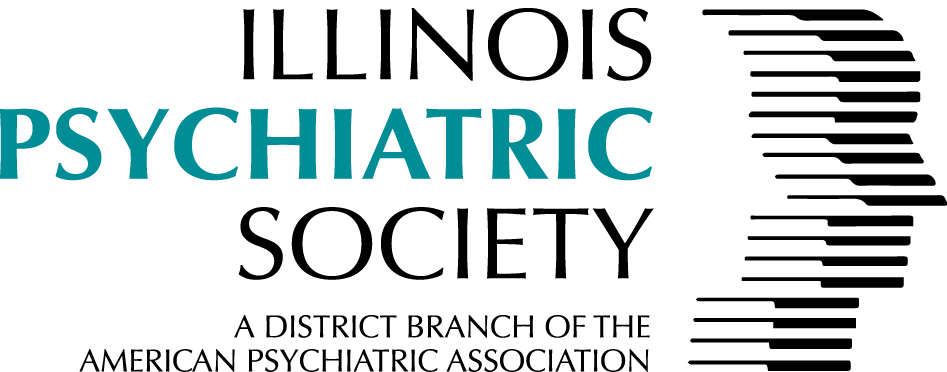Electronic Spring 2023 | Issue 54
Mind Matters Speaks with Dr. Stevan Weine about his new book Best Minds: How Allen Ginsberg Made Revolutionary Poetry from Madness (Fordham University Press, 2023).
What is your elevator pitch for Best Minds?
Best Minds is a revelatory look at how poet Allen Ginsberg transformed experiences of mental illness and madness into some of the most powerful and widely read poems of the twentieth century.
What drew you to Allen Ginsberg?
His poems, especially his 1956 poem “Howl” which opens with: “I saw the best minds of my generation destroyed by madness.” His poems shook the walls of the city and they centered on madness and mental illness, which was also an important part of his life. This was a mystery I wanted to investigate.
How did Best Minds come about?
I read everything I could find on Ginsberg, but had more questions, so I wrote him a letter and a few days later he called me back. He asked me if I was writing a book. He then gave me access to his archives, to his psychiatric records and those of his mother, and let me interview him several times. This was an incredible opportunity to explore the mysteries of the relationship between life experience and art.
What questions did you have about Ginsberg?
What did he and the psychiatrists make of his 1948 visions, which were part of what landed him in the New York State Psychiatric Institute for 8 months? What were the elements of the psychotherapy he received? How did it help him to change his behavior, and enable the release of the brilliant potential that was in him as a young man and a poet? What happened with his mother Naomi, who was diagnosed with schizophrenia and spent years in psychiatric hospitals?
What did you learn about Naomi through your research?
Naomi found nothing redeeming in madness and would have been terribly ashamed over his depiction of her in “Kaddish”.
Why do you think Ginsberg took an interest in you and your work?
Ginsberg, like the other Beats, made literary myths out of their lives. This made for brilliant art, but at a personal level, it did not resolve questions or the emotional pain Ginsberg experienced, especially in relation to his mother Naomi. I believe he saw me as someone who could properly unravel the story for him - a story which encompassed both psychiatry and poetry.
What in Best Minds will interest psychiatrists and other mental health professionals?
This is a leap through time into American psychiatry in the late 1940s, with different approaches to diagnosis, treatment, and psychotherapy. It is extraordinary to read and learn from the progress notes about Ginsberg’s psychotherapy at a key moment in his life and development as a poet. We see how Ginsberg struggled and how his therapists helped him.
What did Ginsberg think of psychiatry?
He respected psychiatry and sought care several times in his life. He wanted to see psychiatry evolve to be less rigid and more open. Ginsberg was not anti-psychiatry, like R.D. Laing who he inspired. In fact, many of the changes he tried to bring to psychiatry are now more or less mainstream, such as a focus on spirituality and mindfulness, and attention to social and cultural dimensions.
Is there something in Best Minds for early career psychiatrists?
Yes, definitely. Ginsberg actually had a dream of himself becoming a psychiatrist and reforming practice and systems. He would have relished talking to early career psychiatrists. Although Ginsberg isn’t able to do so, I believe it would be very worthwhile for them to read “Howl” and “Kaddish” and several others as a group, and then to discuss some of key issues, such as the tragic history of lobotomy, artistic witness to madness, and psychedelic-assisted psychotherapy. I would welcome the opportunity to do this with trainees or students.

